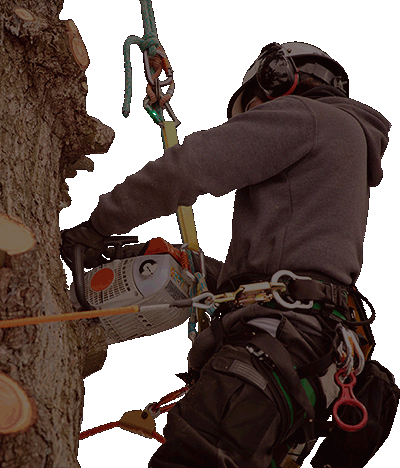
If you removed your ash Spartanburg tree because of emerald ash borer (EAB) and think the spot where it used to stand looks so bare, you’re not alone. Since 2002, EAB has destroyed more than 50 million ash Spartanburg trees in 29 states.
- Details

Imagine your dream garden. No doubt it has serene spaces for you to relax or gather with friends, where you’re surrounded by countless flowers and natural wonder.
When planning, be sure to include spots for your other friends, too.
- Details

Lush, green lawns are a summertime staple. We spread fall fertilizer and sprinkle lots of grass seeds in anticipation of thick and healthy turf.
- Details

When tangles of ivy climb your tree’s trunk, you either love the pop of color or resent the invading vines. But how do Spartanburg trees feel about the leafy green growth?
- Details

Seeing sun-kissed leaves flutter at the tippy top of our Spartanburg trees is one of the joys of summer!
Spotting leafless twigs is quite the opposite, and Spartanburg trees with no leaves on top are not just unattractive, they are likely in trouble.
- Details

From the moment they sprout in spring to the final drop in fall, leaves on our Spartanburg trees captivate us.
That’s why anytime leaves don’t look their best, we want to spring into action and help.
- Details

No doubt, you eagerly watch your trees, waiting for them to pop to life–full of color, leaves and flowers.
But maybe this year the clock is a little off, and the buds still aren’t breaking.
- Details

No doubt, you eagerly watch your trees, waiting for them to pop to life–full of color, leaves and flowers.
But maybe this year the clock is a little off, and the buds still aren’t breaking.
- Details

If your ash Spartanburg tree wasn’t a candidate for EAB treatment, you likely had to remove it to keep your home safe.
You know removing your EAB-infested ash Spartanburg tree was for the best.
- Details

When Spartanburg trees trade in their bare-boned branches for leafy green stems, it’s clear spring has arrived!
But what happens if your Spartanburg trees are still bare this late in spring? How worried should you be?
- Details






